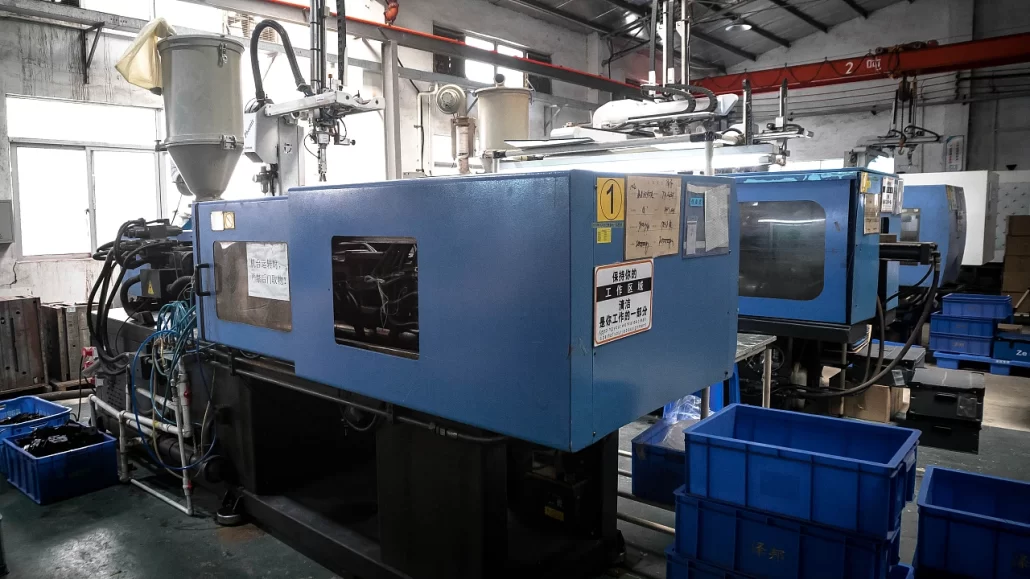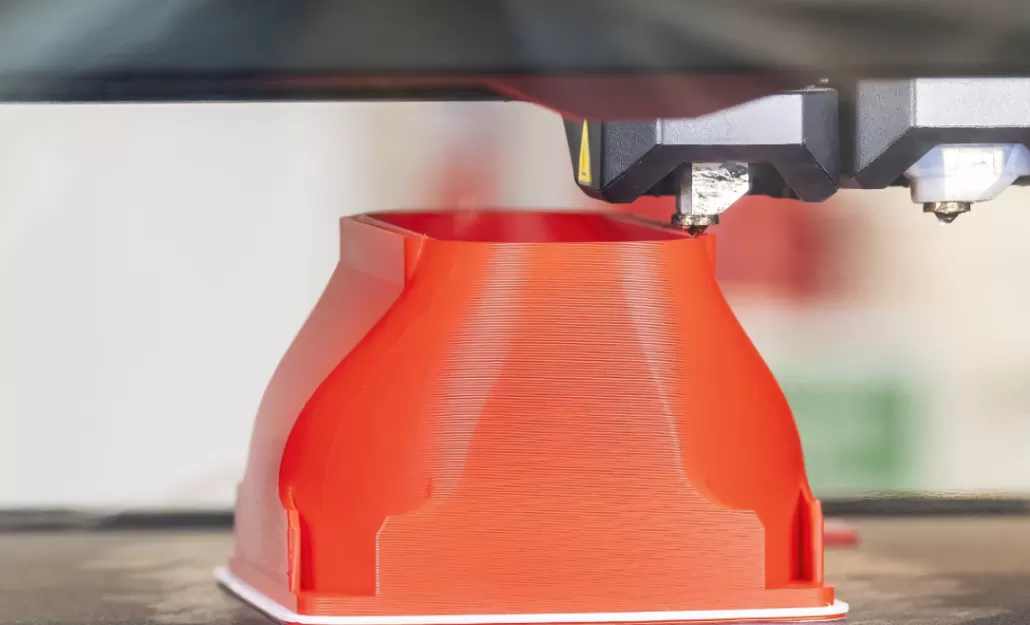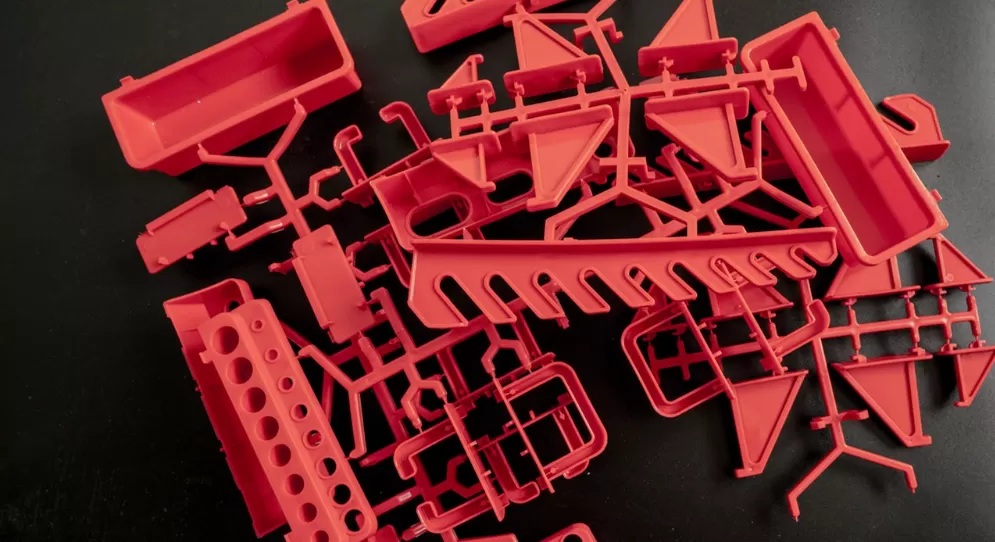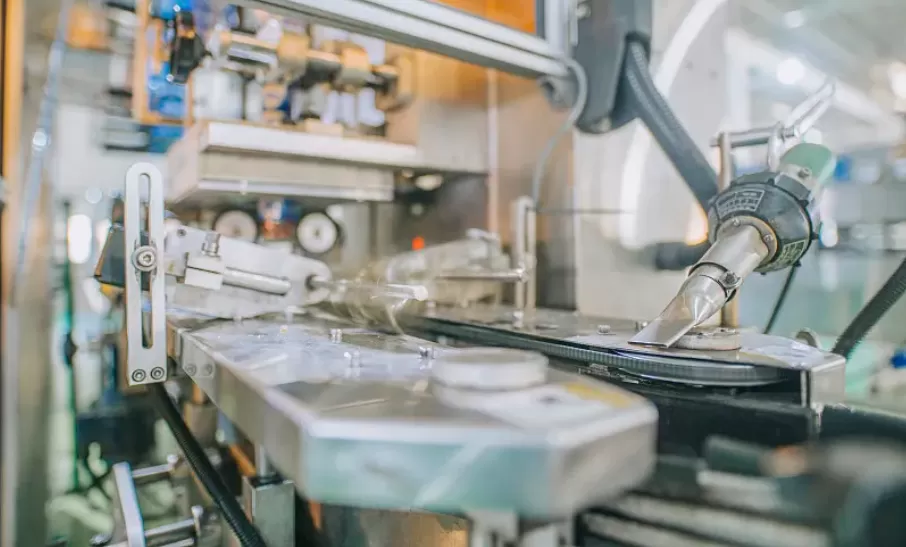As technology continues to advance, more and more manufacturing options are becoming available. Two of the most popular methods are 3D printing and injection molding. Both of these techniques have their pros and cons, and choosing the right option for your project can be challenging. One of the most important factors to consider is strength. In this article, we will explore the pros and cons of 3D printing and injection molding when it comes to strength, and help you determine which method is best for your project.

3D Printing Strength
3D printed parts can be made from a variety of materials, including plastics, metals, and even ceramics. The strength of a 3D printed part depends on several factors, including the material used, the printing method, and the layer height. Generally speaking, 3D printed parts are not as strong as those made through injection molding. However, the strength of a 3D printed part can be improved by taking certain precautions.
One of the most effective ways to improve the strength of a 3D printed part is by using stronger materials. For example, parts made from carbon fiber reinforced nylon have been shown to have much higher strength than those made from standard nylon. Another way to improve strength is by altering the printing parameters. Printing with a smaller layer height can result in a stronger part, as can printing with a higher infill density.

Injection Molding Strength
Injection molding is a manufacturing Injection molding process that involves injecting molten material (usually plastic) into a mold. Once the material has cooled and solidified, the mold is opened and the part is removed. Injection molding is widely regarded as one of the most reliable manufacturing methods when it comes to strength. Injection molded parts are generally much stronger than those made through 3D printing.
One of the advantages of injection molding is that it allows for the use of reinforced materials, such as glass-filled nylon. These materials have significantly higher strength than standard plastics, making them ideal for applications where strength is a key factor. Injection molding also allows for the creation of parts with complex geometries, which can be difficult or impossible to achieve through other manufacturing methods.

Comparing Strength Between 3D Printing and Injection Molding
While injection molding is generally considered to create stronger parts, 3D printing is catching up. With advancements in 3D printing technology and materials, the two methods’ strength difference is becoming less pronounced, and 3D printing is gradually becoming a more popular alternative to injection molding.
In terms of cost-effectiveness, 3D printing is the clear winner, as it eliminates the need for expensive molds and minimum order quantities( MOQs) in most cases. However, when it comes to producing larger quantities, injection molding is often more affordable and effective.

Which is Best for Your Project?
The choice between 3D printing and injection molding ultimately depends on your specific project requirements. If you need a part with high strength and durability, injection molding is likely your best option. Injection molded parts can be made from strong materials and have a consistent level of quality. However, if you need a part with complex geometries or don’t need the highest level of strength, 3D printing may be a viable alternative.
It is also worth considering the cost and lead time when choosing between 3D printing and injection molding. While 3D printing can be a faster and more cost-effective option for low volume parts, injection molding is typically more cost-effective for larger volumes.
In conclusion, both 3D printing and injection molding have their strengths when it comes to strength. When choosing between the two, it is important to consider your specific project requirements, including strength, geometry, cost, and lead time. By doing so, you can make an informed decision and choose the method that is best suited for your needs.


